2014 – April-May Seed Projects
As many of you know, I’ve been trying to get seedlings to bloom in less than 18 months for many years. I’ve been experimenting for years with many failures. But this year, I’ve had some success. Overall, I feel the attention to roots and my location in Zone 10B are the keys to my success. My latest seed project started on 3/11/2014,
Obviously, your conditions, products used and techniques differ from mine, but this is what I have done and what products I used. I’ve provided as many product details as possible so you can substitute what is available in your area.
The main ingredients are Vitazyme, Root Activator, and Excalibur. This year, I have introduced Bioblast for foliar feeding. However, the most important factor is our subtropical location in Zone 11A.
Updated Sept 2, 2015, out of almost 300 seeds from 6 different varieties from two different countries, 19 seedlings have produced or attempted to produce an inflo out of 4 of the varieties.
- Group 1: Temptation aka PC33 (pod parent) crossed with Super Round aka J115 (pollen parent) – 1 seed pod produced 28 seeds, 24 were viable and planted on 4/11/14 – 8 seedlings have put on an inflo or nubbed. The first inflos was found on 6/22/15 and the last on 9/1/15. As of 9/18/2018, all but two have bloomed.
Photo Gallery of Blooms from Group 1 – Temptation and Super Round Cross:
All these are from the same seedpod.
no images were found
- Group 2: Super Round aka J115 pod parent, self-pollinated – 120 Seeds planted on 5/6/14 – 9 seedlings have put on inflos. The first one was 15 months. 1 nubbed. One was blown off the table by the wind and broke off.
- Group 3; Chompoo Zin (seeds came from Thailand) – 32 seeds planted on 5/6/14 – 1 seedling has inflo found 8/28/15
- Group 4: Fire and Rain (seeds came from Thailand) – 42 seeds planted on 5/6/14 – 1 seedling has inflo found on 9/1/15. One so far is a keeper.
- Group 5: Camelot – 38 seeds from one seed pod…sadly no inflos from my babies yet as of 9/1/15. 29 out of 38 have bloomed as of 9/18/2018
Photo Gallery of Blooms from Group 5 – Camelot x J115:
All these are from the same seedpod.
- Group 6; Penang Peach – 24 seeds…none have put on inflos. as of 9/1/15
The attached photos are the two best so far. Others have bloomed but are rootstock grade. I’m patiently waiting for others to bloom. The attached photos are the two best so far. Others have bloomed but are rootstock grade. I’m patiently waiting for others to bloom.
The attached photos are the two best so far. Others have bloomed but are rootstock grade. I’m patiently waiting for others to bloom. The attached photos are the two best so far. Others have bloomed but are rootstock grade. I’m patiently waiting for others to bloom.
This is what I did. Every day, it seems I’m trying to improve each phase. So please remember this is still a work in progress!
Materials used:
Plumeria Seeds – It is very important to select viable quality seeds. It is possible to get a spectacular plumeria out of any plumeria variety. It is much more likely to get a spectacular plumeria out of a spectacular plumeria.
Soaking Seeds – Optional
Last year, I soaked my seeds in a kelp solution before planting and they sprouted in about two days. I would never use bleach in the soaking solution. If you are worried about contamination, try soaking in chamomile tea or 3% hydrogen peroxide instead. Hydrogen peroxide, both in soak and rinse solutions: 1 oz. of 3% H²O² to 1 pint of water. Sprouts come up faster. Some people have reported sprouts in 24 to 48 hours.
Some gardeners recommend adding something acidic, like a tablespoon or three of coffee or a few drops of kitchen vinegar. The idea is to recreate conditions in an animal’s stomach, where many seeds first get the warm, dark, damp idea to germinate. Anybody who’s seen a berry-laden pile of bear scat understands. We haven’t tried this method — no bear would cooperate — so we can’t vouch for the claim that it hurries the soaking process or increases the germination rate.
- Soak/Dip seeds in Bioblast for about a minute or two. Longer is not better!
- Soak overnight or for about 8 hours in plain water – keep about 85 degrees if possible.
Planting Seeds
- Pre Soak or Drench soil in Soil Mix A
Note: Compressed Coir / Worm Casting
If using Compressed Pellets – Expand with Liquid Mix A
Soak, or drench filled Coir pots with Liquid Mix A
Note: Keep planted mix moist by misting daily and watering when necessary.
Mist with Water or Optionally Mist often with Bioblast – 1/3 tablespoon per gallon
- Plant seeds in 3” or 4” Coir Pots filled with Soil Mix A. (I’m trying CowPots this year: see below)
Note: Added Bioblast this year – 2015 (Mist with Bioblast weekly – You need 3 to 5 leaves)
LIQUID MIX A:
- 1 oz Vitazyme per gal
- 2 oz Root Activator per gal (Caution! This mix is for soaking or drenching; do not spray on leaves.)
Always use a sterile growing medium like mixes with vermiculite and perlite for your seed starting as these should not contain the fungi that cause damping-off. Water your seedlings with warm water left to sit for an hour or more to dissipate most of the chemicals in tap water. Using cold water stresses the seedlings, leaving them vulnerable to harmful organisms.
SOIL MIX A:
- 1/3 Premier Pro-Mix BX -Mycorrhizae
- 1/3 Quality Coir
- 1/3 Quality Worm Castings
- We may need to add perlite to ensure good drainage.
Transplanting to 1 gal pot
- When roots come out of the Coir Pots, transplant to 1 gal / 6 ½” black plastic pot
- Partially fill one gal pot so a 3” pot will set on top of the soil, but the top of the 3” pot does not extend higher than the soil level in the filled one gal pot.
- Optional: Allow the 3” pot to set on top of the soil until roots are established and the 3” pot starts to degrade.
- Fill the one gal with Soil Mix B until the top of the 3” pot is covered
- Add two tablespoons of Excalibur IX to the top of the pot and cover with 1” of Soil Mix B
- Soak or drench with Liquid Mix A
SOIL MIX B:
- 1/3 Quality Coir
- 1/3 Worm Castings
- 1/3 Perlite
- Foliar feed with Liquid Mix B
- Continue to Foliar Feed with Bioblast every two weeks – 1 tablespoon Bioblast per gallon.
Transplant to 3 gal pot.
- When roots come out of the 6 ½” pot, transplant to a 3 gal pot and fill with Soil Mix B
- Soak or Drench after transplant with Liquid Mix A
- Add two tablespoons of Excalibur VI to the top of the pot and cover with 1” of Soil Mix B
- Foliar feed with Liquid Mix C:
- Continue to Foliar feed with Bioblast every two weeks
LIQUID MIX C:
- BR61 – 1 tablespoon per gallon
- Vitazyme – 2 tablespoons per gallon
- One tablespoon of Dawn Liquid Soap
Soil Mix A
- 1/3 Premier Pro-Mix BX -Mycorrhizae
- 1/3 Fine ground Coir
- 1/3 Worm Castings
- We may need to add perlite to ensure good drainage.
CowPots give seedlings a better beginning. (Testing in 2015)
Tender, young roots easily penetrate the sides and bottoms of CowPots, growing freely. This allows for air pruning and the formation of root buds. Secondary root development throughout the pot grows into dense, healthy root systems recognized as critical to growing healthy plants.
CowPots stay intact for up to 12 weeks – plenty of time to give seedlings a robust start.
The “pots you plant” – no crushing or tearing of pot wall needed. Place the planted CowPot in the ground. Plants suffer no transplant shock and establish themselves immediately.
Planted CowPots break down fast underground because of the nitrogen in composted cow manure. Within 3 to 4 weeks, decomposition is well underway. In studies comparing bio containers, CowPots vs. peat pots, CowPots degraded 88% compared to competing containers.
CowPots have been rigorously tested and validated by numerous universities and independent nursery partners. Testing has revealed that starting plants in CowPots can help shorten the growing cycle and increase fruit set by up to 10%!
3-1/2” Coir Pot with Wafers, Pack of 10
Just pop the soil wafers into the pots, add water, and stir—so easy!
Tired of lugging heavy bags of potting soil around? Save your back with Wonder Soil. Add water to the compressed soil and watch it expand up to 7 times its original volume. This soil-less medium is great for seed starting and contains a mix of coconut coir, peat moss, nutrients, and water-absorbing polymers. These special biodegradable polymers store and release water as needed for healthier plants and less watering and recommended for seeds.
Just pop the Wonder Soil wafers into the pots, add water, and stir. The neat little wafers expand to become exactly the right amount of soil for planting seeds. In addition to being less messy than potting soil, it promotes the quick growth of plants. And the all-natural pot makes re-potting the plant simple! Includes ten coir pots and wafers.
Coir
Coir maintains excellent air porosity even when saturated and gives better crops with faster developing roots and more flowers and fruit per plant when used correctly.
Coir has better water retention qualities than peat and other growing media. This has obvious advantages in dry climates or when plants cannot be watered frequently, such as in transit to market.
Coir peat absorbs moisture immediately, even from a dry state (unlike sphagnum peat, which tends to shrink when dry and form a water-repellent crust that causes water run-off from the top surface and water loss between the peat and the inside edge of the flower pot). Thus, plants growing in coir tend to recover better and more quickly from dry conditions.
The ease of re-wetting and the quick drainage characteristics of coir mean that coir needs to be irrigated less frequently and for shorter periods. This leads to reduced leaching losses of nutrients and lower water use.
The inherent qualities of coir and the optimum water/air availability are ideal for quick rooting and propagation. This often leads to more seedling rotations per year, a higher percentage of seedling and propagation take-up, and more efficient use of greenhouse equipment.
The lignin content of around 45% ensures that the excellent water/air ratio is maintained over a longer period than with many other substrates.
Because Coir originates above ground, it does not contain any soil diseases. In fact, several studies have indicated that coir substrate increases resistance to pythium and other root diseases.
Premier Pro-Mix BX -Mycorrhizae
Ingredients:
- Canadian Sphagnum Peat Moss (75-85% by volume)
- Perlite -horticultural grade
- Vermiculite-horticultural grade
- Dolomitic and Calcitic limestone (pH adjuster)
- Wetting Agent
- Mycorrhizae- endo mycorrhizal inoculum (Glomus intraradices)
PRO-MIX BX MYCORRHIZAE is a general-purpose peat-based professional growing media designed for a wide range of greenhouse and transplanting applications that contain mycorrhizal inoculum (Glomus intraradices). These microscopic fungi attach to and colonize the root systems working in symbiosis with plants. It benefits the plant by increasing water and nutrient acquisition (especially phosphorus, copper, and zinc). This symbiotic relationship between fungi and plants results in overall improved plant growth. PRO-MIX BX MYCORRHIZAE is suitable for a wide variety of horticultural plants
Benefits**
- This product answers the needs of most growing applications
- Lightweight, low bulk density
- High water retention capacity
- Vermiculite improves nutrient retention
- MYCORRHIZAE improves the overall growth of plants and increases yields of flowers/fruits
Carl Pool’s Root Activator
Description: Natural glycosides derived from pecan shells and water. Glycosides comprise a wide array of substances that comprise a significant proportion of cellular and tissue contents of plants and have a critical influence on plants in root, stem, and leaf development. Beneficial flavonoids often occur as glycosides; some are important coloring agents for flowers attracting insects and birds, while others promote disease resistance. This product prevents transplanting shock and stimulates fast root growth and forking of the root system.
Ingredients:
- Glycosides 7.5%
- Gibberellin 0.03%
- 3-Indolaecetic Acid 0.02%
- Kinetin 0.02%
- Inert: 92.43%
Vital Earth’s Vitazyme
WHAT IS VITAZYME?
Vitazyme is an all-natural liquid biostimulant with particular biological activators created through a proprietary fermentation process. These active agents include vitamins, enzymes, triacontanol, and other powerful but gentle growth stimulators. In the future, agriculture must emphasize the use of biological systems and not rely solely upon chemical approaches to achieve long-term soil productivity. Vitazyme promotes soil life by working with the natural ecosystem to invigorate rhizoshperic activity.
- INCREASE CROP YIELDS AND PROFITS
- IMPROVE CROP QUALITY
- REDUCE FERTILIZER NITROGEN INPUTS
- HASTEN GERMINATION AND MATURITY
- IMPROVE SOIL STRUCTURE AND INFILTRATION
Excalibur Fertilizer
Excalibur is a water sensitive slow-release granular fertilizer. Granular fertilizers are easier to control because you can see how much fertilizer you use and where it’s being dispersed. The advantage of slow-release fertilizers is that the nutrients are available gradually over time. This means that the gardener can fertilize less often, providing nutrients slowly and steadily. This is how plumeria prefers to be fed and helps them grow well.
Excalibur is an 11-11-13 mix of nitrogen (N), phosphorus (P), and potassium (K)
Micronutrients – The Hidden Story…And, Often Only Delivered by Slow Release Fertilizers! Excalibur contains the Micronutrients essential to plant growth and health that are only needed in very small quantities.
- Copper(Cu = 0.110%) is a component of some enzymes and vitamin A. Symptoms of copper deficiency, include browning of leaf tips and chlorosis.
- Iron(Fe = 0.484%) is essential for chlorophyll synthesis, so an iron deficiency produces chlorosis.
- Manganese(Mn = 0.358%) activates some important enzymes involved in chlorophyll formation. Manganese deficient plants will develop chlorosis between the veins of their leaves. The availability of manganese is partially dependent on soil pH.
- Molybdenum(Mo = 0.005%) is essential to plant health. Plants use molybdenum to reduce nitrates into usable forms. Some plants use it for nitrogen fixation. Thus, some soils may need to be added before seeding legumes.
- Zinc(Zn = .110%) participates in chlorophyll formation and activates many enzymes. Symptoms of zinc deficiency include chlorosis and stunted growth.
Bioblast Fertilizer
Bioblast works with every part of your plant. Soil organisms are invigorated with Vitzyme biostimulants, which provide quicker, more vigorous growth. Rooting is encouraged with our Root Activator. A balanced NPK provides the essentials of plant growth and structure. B vitamins and Zinc encourage a robust immune system, while Iron promotes chlorophyll production in the leaves.

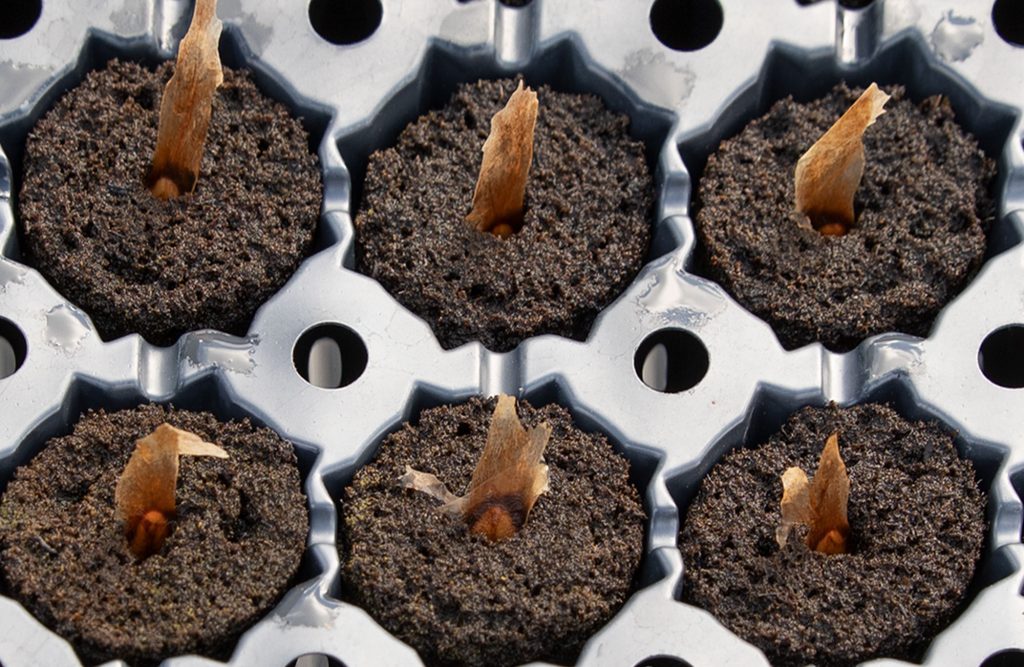
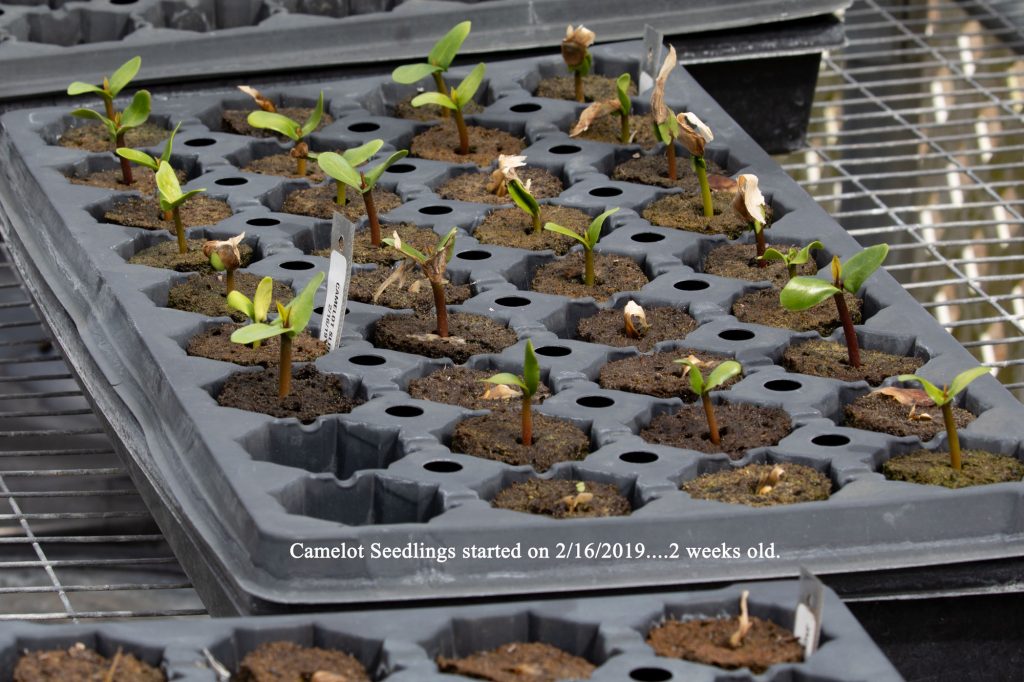
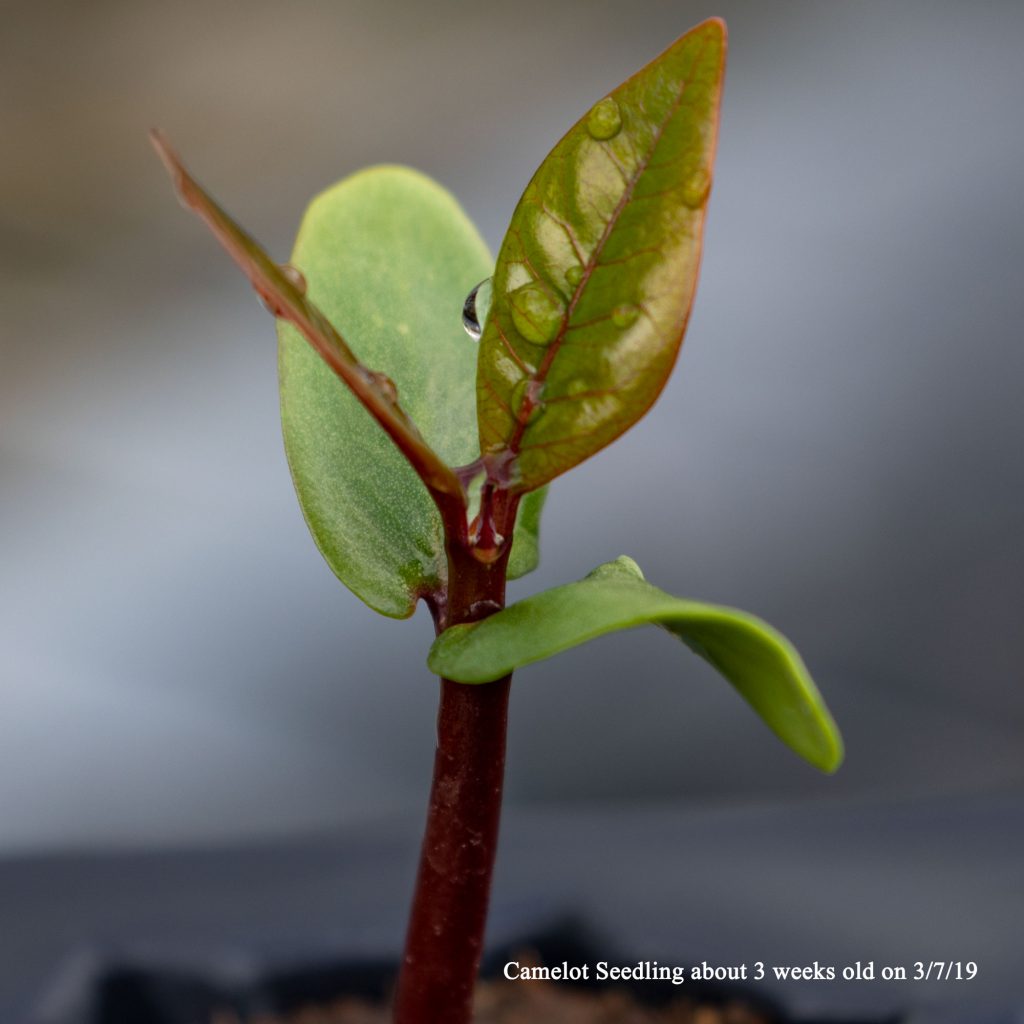
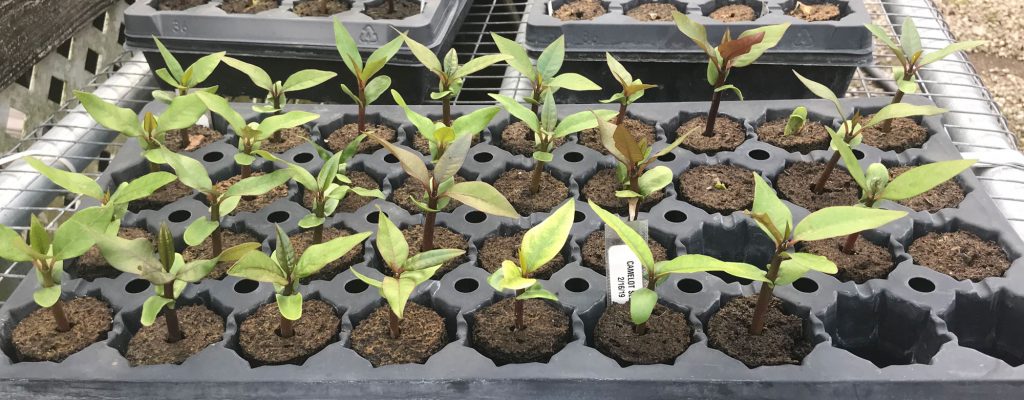
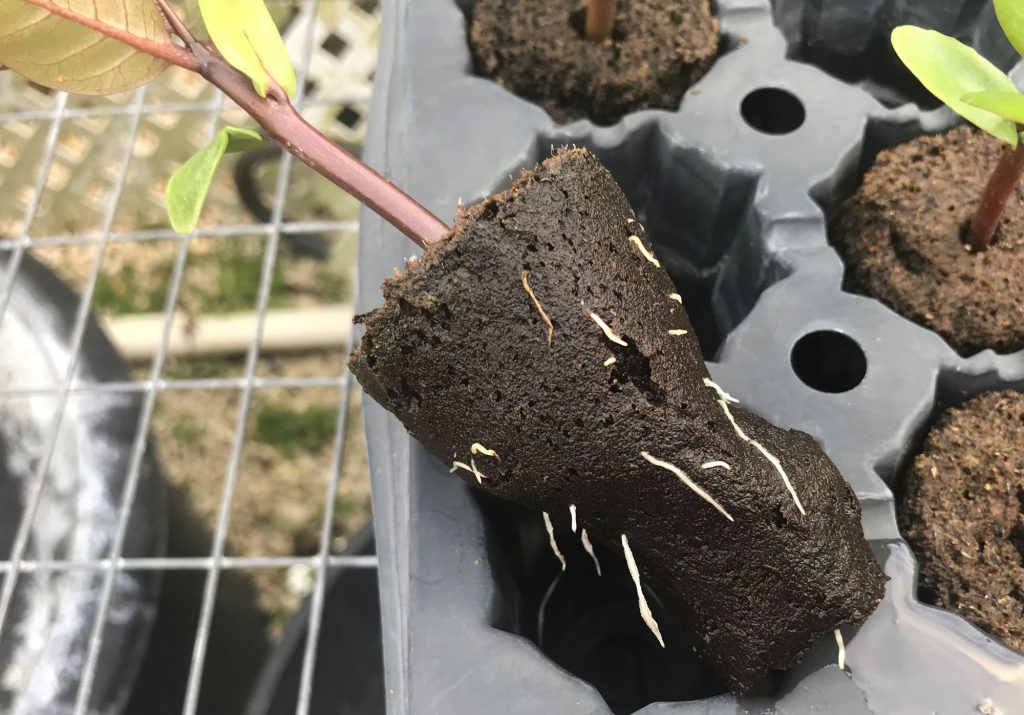
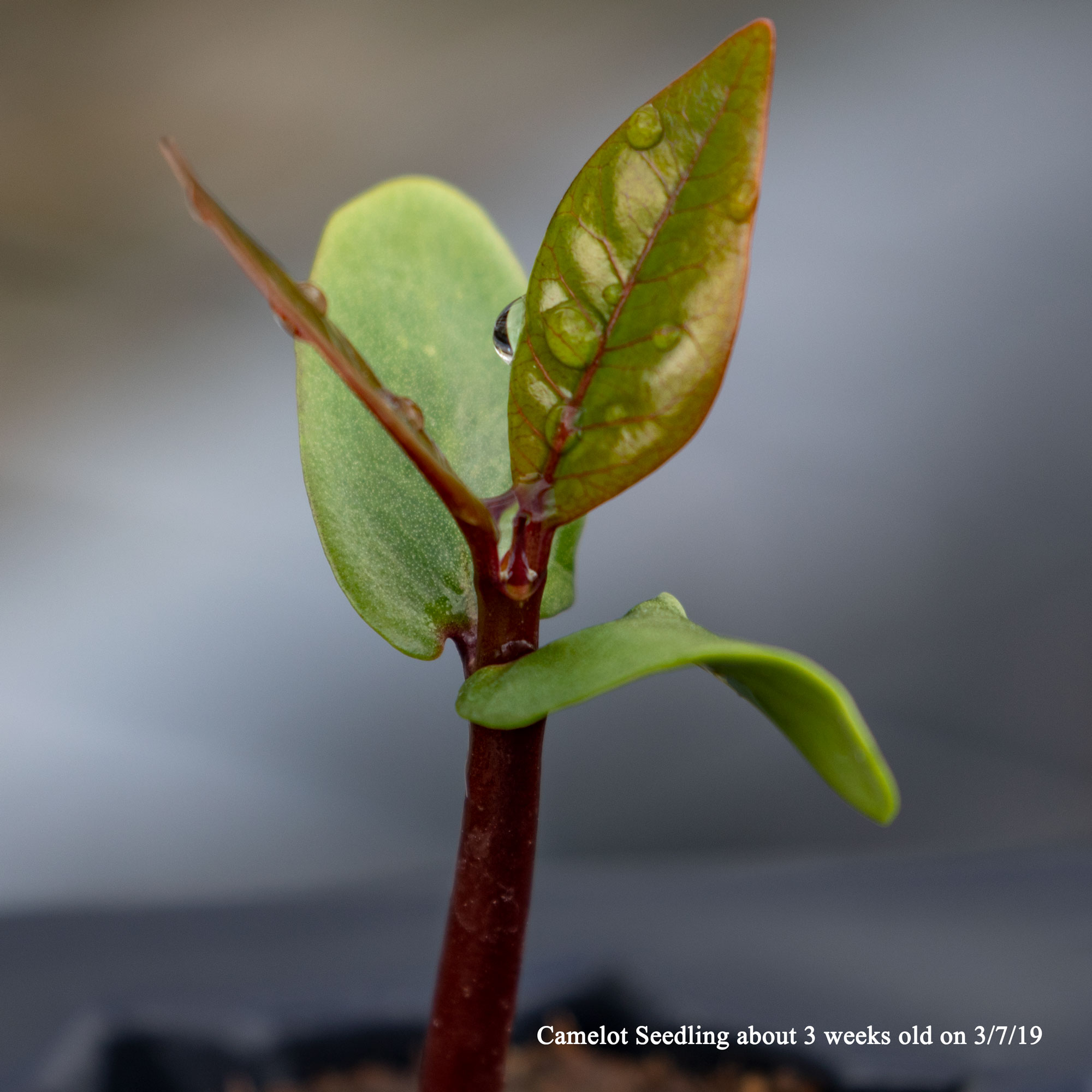
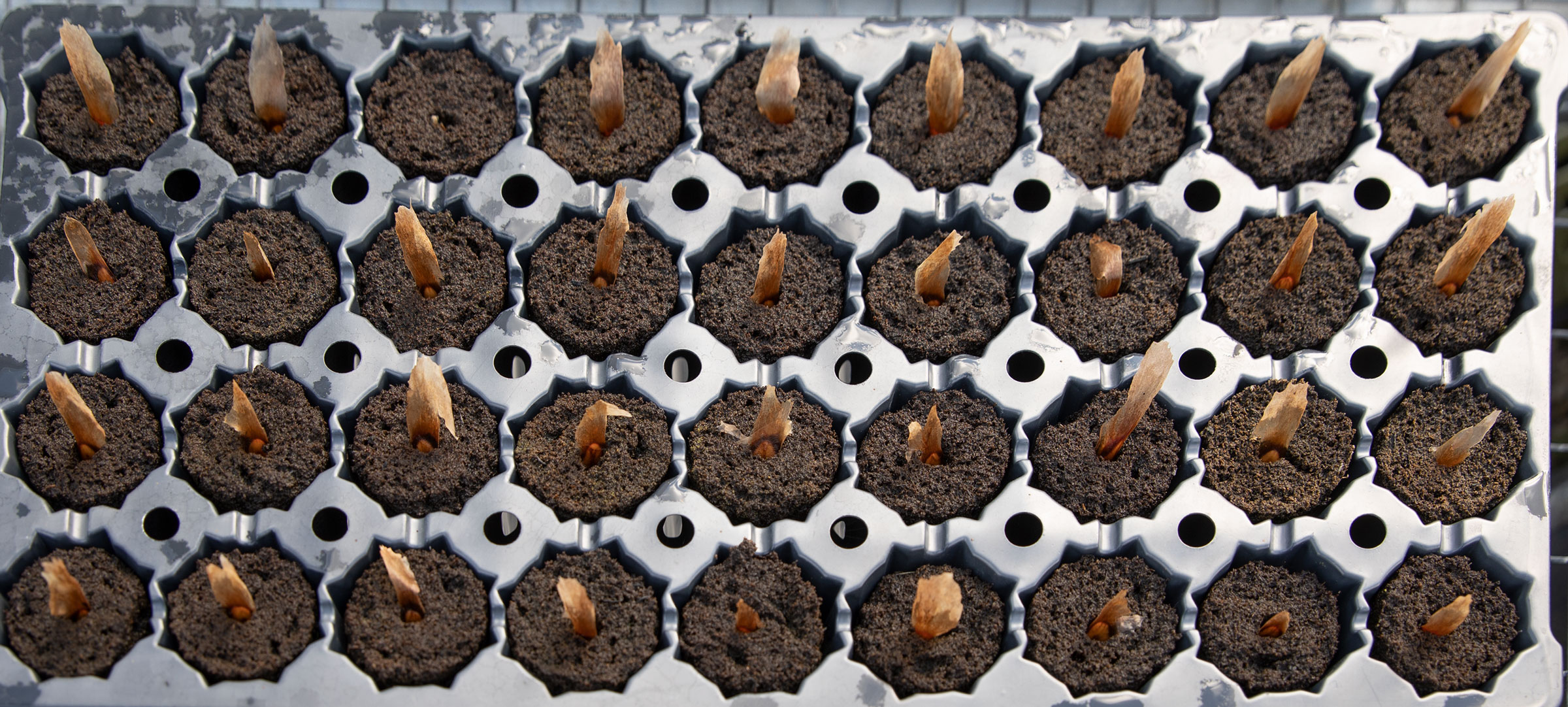




 , transplant into larger pots. Normally I will use 1 gal pots, but this year I’m using 7.5 gal squat pots. Approximately 14 days after planting in the plugs.
, transplant into larger pots. Normally I will use 1 gal pots, but this year I’m using 7.5 gal squat pots. Approximately 14 days after planting in the plugs.